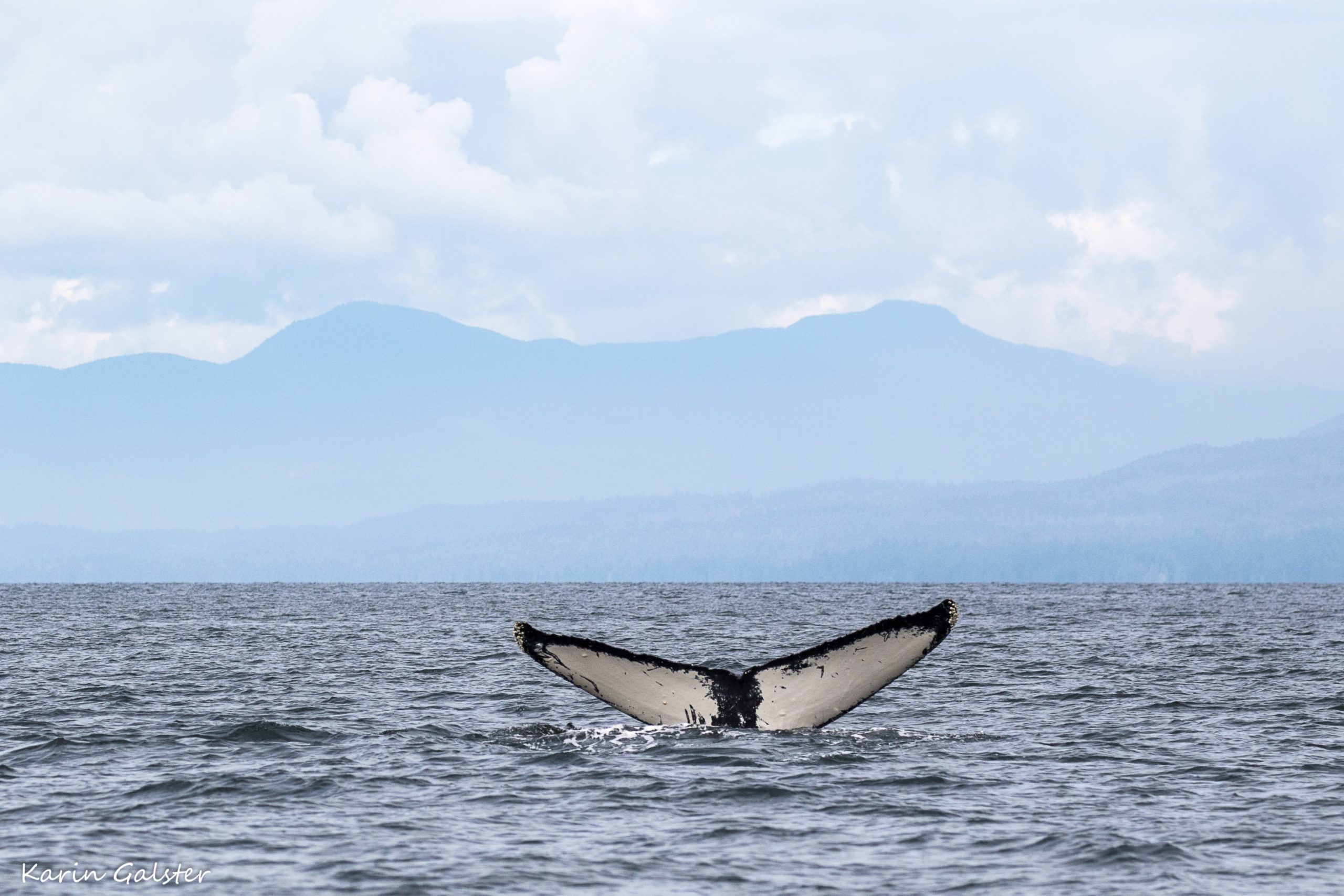Humpback whales (Megaptera novaeangliae) can be found in every ocean around the globe, but some areas, such as the West coast of Canada, Australia, and the coastlines of Norway and Iceland are particularly renown for whale watching. Every year humpbacks migrate between the tropical waters of the Caribbean, Hawaii and the Oceanic Islands where they give birth, and their summer feeding grounds in the colder waters of Canada, Greenland, Norway, the Arctic and Antarctica.
Unlike killer whales who belong to the toothed whales, humpback whales are a species of baleen whale. Baleen bristles are made of keratin and, arranged in plates across the upper jaw, they essentially work like a giant filter. The whale opens its mouth to take in a maximum amount of water which is then pushed out through the baleens, retaining krill and small fish for the whale to feed on. Like most cetaceans, humpbacks are very clever and they have developped some of the most inventive, diverse and elaborate hunting techniques that differ from one group or population to another and that are passed on from one generation to the next. They are best known for their many spectacular displays such as breaching, lob tailing chin slapping and pec slapping making them particularly popular with whale watchers. However they have another, distinct, but invisible trait that has intrigued scientists for many years. Their song is considered one of the longest, most complex vocalization known from any animal in the world.































